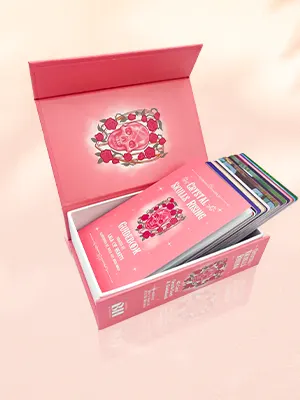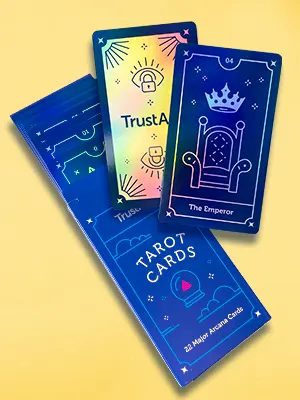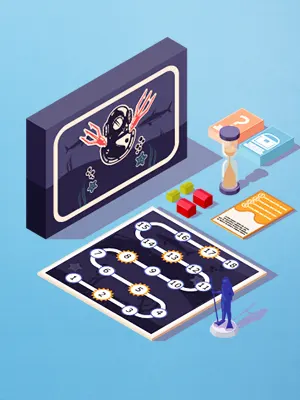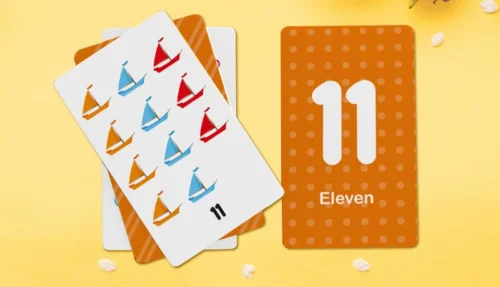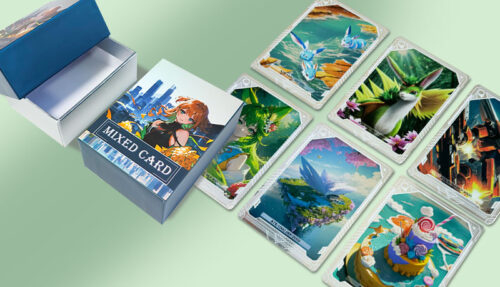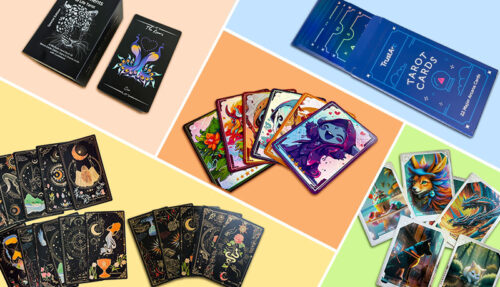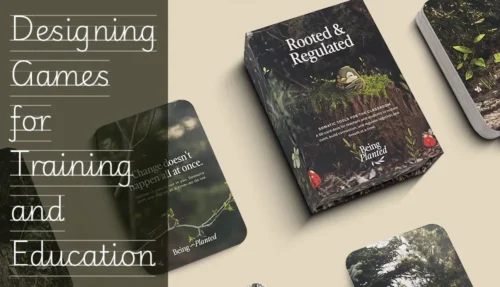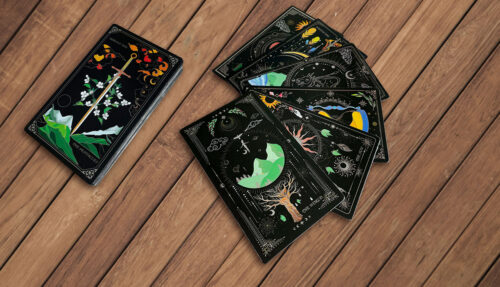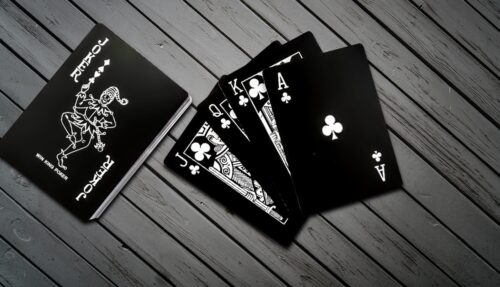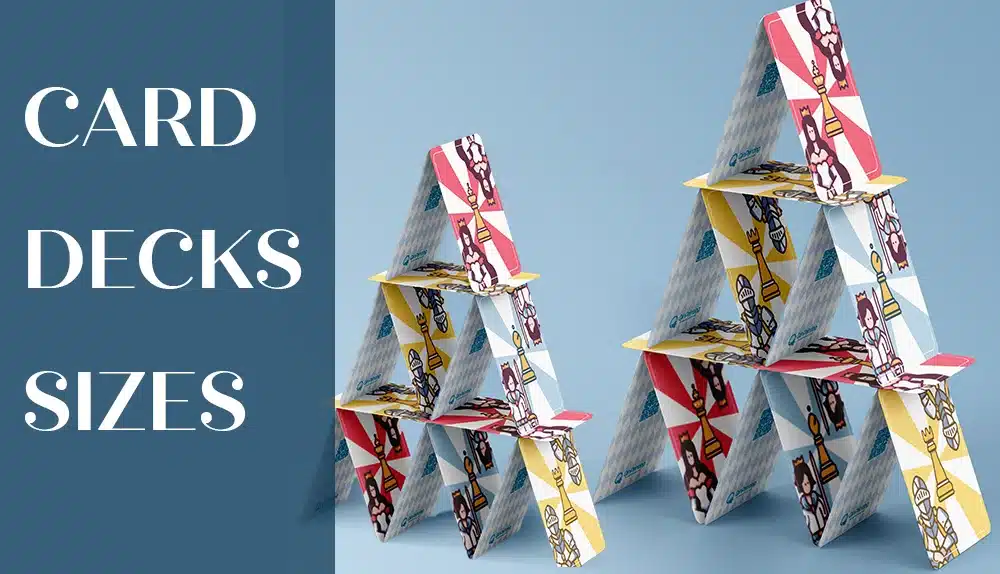
Whether you are designing a board game, trading card game, tarot deck, or promotional card set, understanding card deck sizes is crucial. The size of your cards affects usability, printing costs, design layout, and even the overall impression of your product. This guide will walk you through common card types, size considerations, image dimensions, and tips for choosing the right size for your audience.
Common Types of Card Decks and Their Sizes
Card decks come in various formats, each with conventional sizes that the industry has gradually standardized:
1. Standard Playing Cards
- Poker Size: 2.5 × 3.5 in (64 × 89 mm) – Widely used for classic playing cards, trading card games, and custom decks. Compatible with most card sleeves.
- Bridge Size: 2.25 × 3.5 in (57 × 89 mm) – Narrower and easier to hold multiple cards. Popular for collectible card games (CCGs) like Magic: The Gathering.
2. Mini and Specialty Cards
- Mini Cards: 1.73 × 2.68 in (44 × 68 mm) – Compact size for portable games, promotional decks, or special formats.
- Square Cards: 2.56 × 2.56 in or 2.75 × 2.75 in (65 × 65 mm or 70 × 70 mm) – Used for unique board games or indie designs.
3. Trading and Collectible Cards
- Pokémon / Yu-Gi-Oh / MTG Style: 2.5 × 3.5 in (Poker size) – Standard for collectible card games.
- Larger Collector Cards: 2.75 × 4.75 in – Some limited editions or premium cards for a more “showcase” effect.
4. Tarot and Oracle Cards
- Standard Tarot: 2.75 × 4.75 in (70 × 120 mm) – Slightly larger than poker cards, designed to display detailed illustrations.
- Mini Tarot: 1.97 × 3.54 in (50 × 90 mm) – Portable or travel versions.
- Oracle Cards: 2.75 × 4.75 in or custom square sizes – Often larger than standard playing cards to emphasize artwork.
5. Educational and Flash Cards
- Children’s Learning Cards: 2.17 × 3.35 in (55 × 85 mm) – Easy for small hands.
- Flash Cards for Study / Language: 2.36 × 3.54 in (60 × 90 mm) – Standard rectangle for vocabulary or information display.
6. Board Game Cards
- Small Action/Resource Cards: 1.73 × 2.68 in (44 × 68 mm) – Fits neatly in board game boxes.
- Large Character / Event Cards: 2.48 × 3.46 in (63 × 88 mm) – Easier to read and display icons/artwork.
- Custom Shapes / Sizes: Sometimes 2.75 × 3.94 in (70 × 100 mm) or other non-standard sizes depending on game design.
Factors Affecting Card Size
Choosing the right card size involves balancing several considerations:
- Industry Standards
Many sizes have become “default” because of historical use and user familiarity. Standard sizes help players shuffle, store, and sleeve cards easily. - Card Sleeves Compatibility
Standard sizes like poker, bridge, and tarot are widely available. Custom sizes may require specially made sleeves. - Influence of Popular Publishers
Major card game publishers influence market expectations. Players often expect certain sizes for collectible or tarot decks. - Gameplay and Handling
Consider how many cards players hold, shuffle, or lay out. Larger cards may showcase artwork better, but smaller cards are easier to manage in big decks. - Production Efficiency
Most printing factories keep molds (cutting dies) for common card sizes. Choosing a standard size allows manufacturers to use existing molds without making new ones, which helps reduce setup costs and production time.
Checklist for Print-Ready Card Decks
Before sending your files to the printer, make sure your design is fully print-ready. Here’s a quick checklist to ensure professional, high-quality results:
- Correct Resolution and Color Mode
- Set images at 300 PPI for crisp, detailed prints.
- Use CMYK color mode for accurate print colors.
- Bleed and Safe Zone
- Add 3 mm bleed on all sides to avoid unwanted white borders after cutting.
- Keep key text and artwork inside the safe area.
- File Format and Layout
- Provide print files in PDF format with all fonts embedded
- Ensure all cards are properly aligned and have consistent margins.
- For logos and QR codes, use vector files (AI, EPS, or SVG) whenever possible to keep edges sharp.
- If you’re including a QR code, test it on multiple devices to make sure it scans correctly.
- Card Size and Template
- Double-check the dimensions match the factory’s template.
- If you choose a standard size, you can often use the factory’s existing cutting molds—this helps reduce extra die-cutting costs.
- Proofing and Sampling
- Always request a digital or printed proof before mass production to confirm color accuracy and trimming.
- Packaging and Finishing
- Confirm packaging type (tuck box, rigid box, sleeve, etc.).
- Select finishes like matte/gloss lamination, UV coating, or foil stamping if needed.
Conclusion
Choosing the right card deck size and preparing your design properly are key steps in creating a high-quality product. By understanding standard sizes, production factors, and design requirements, you can save time, reduce costs, and ensure your cards are both visually appealing and functional.
Always follow the print-ready checklist: check resolution, colors, bleed, file format, and test any QR codes. Ordering a printed sample before mass production is the best way to catch potential issues early.
Whether you’re designing tarot cards, trading cards, board game decks, or educational cards, careful planning and attention to detail will help your project stand out and provide an excellent experience for your audience.

